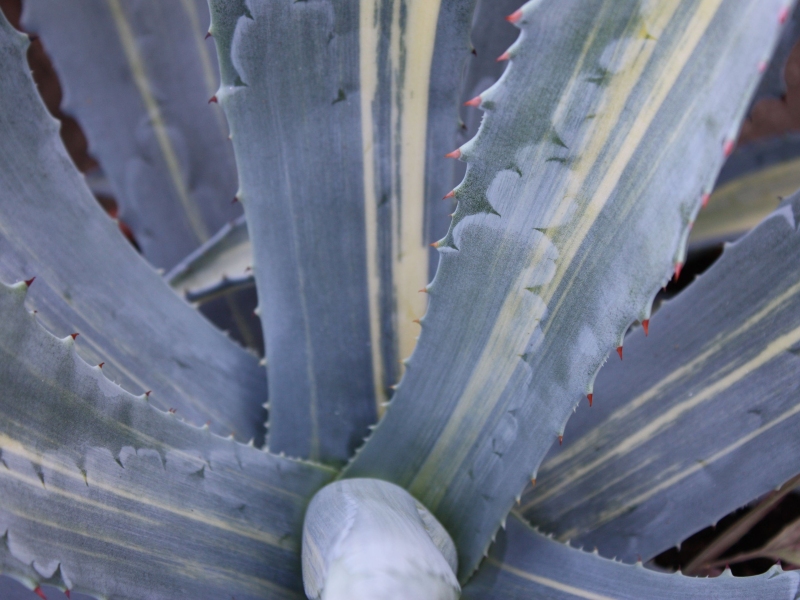

Elegant succulent which, compared to other forms of the same genus, has modest dimensions, being able to grow 60-80 cm tall and large when ripe; this spartan plant is easy to cultivate, native to North America and has a bushy habit: the leaves, long and keeled, are erect, but slightly arched at the ends and arranged in a circular way to form large rosettes; they have spiny margins and apex and a bright clear band in the center with a longitudinal course. The unpredictable flowering is truly majestic and spectacular and probably the name of the genus "Agave" comes from this characteristic, it derives precisely from a Greek term that means "noble or famous": a stem of several meters suddenly sprouts and grows visibly from the heart of the leaves, it branches off at the top and has numerous greenish-yellow flowers, which are followed, after pollination, by bunches of fruits full of black scaly seeds.
The staff of Vivai Capitanio has his own catalogue with all the plants in the store and that grows in our greenhouse. Use this button to download the latest version.
PAper catalogue is available only for professionals. Fill the form to receive it by post: